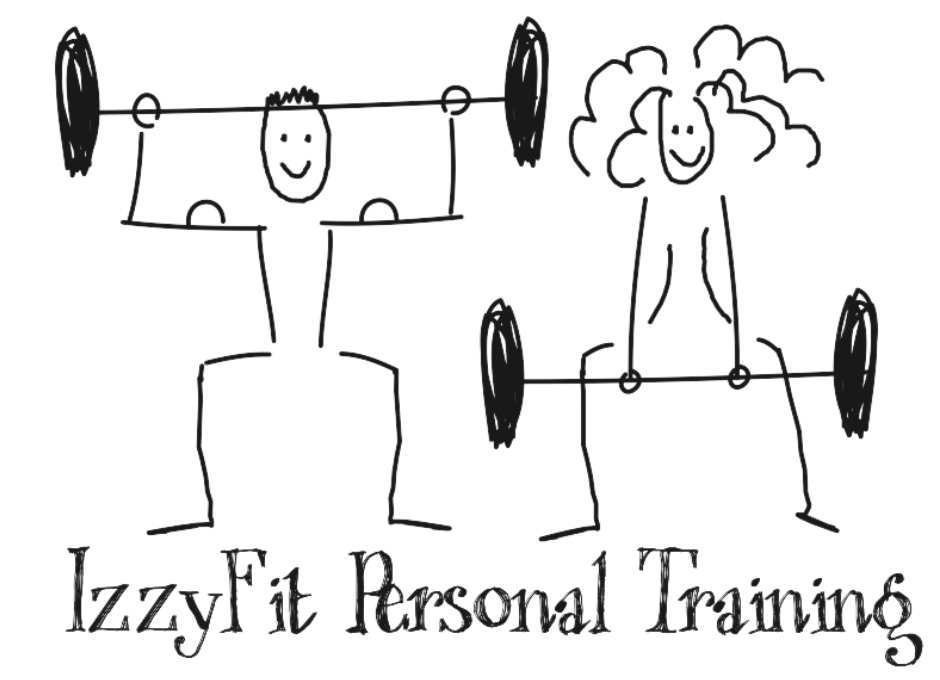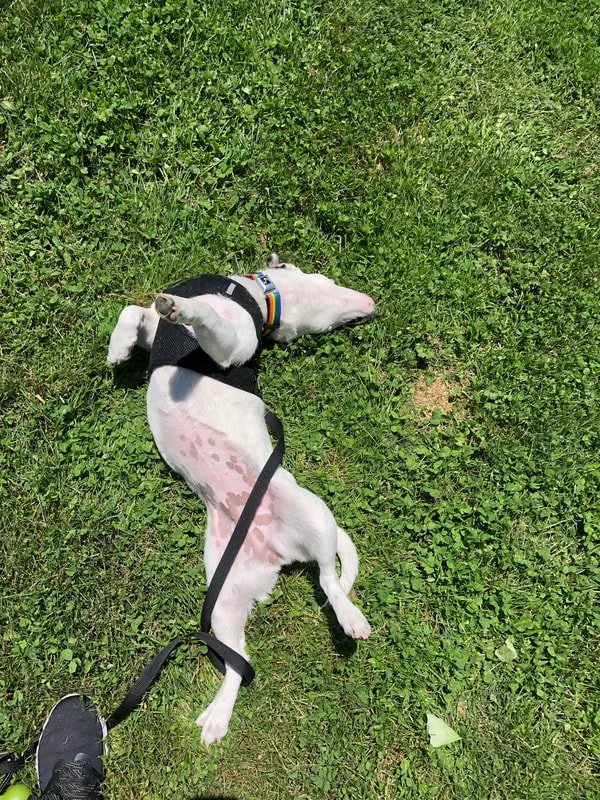Sit. Stay. Get FIT.
Bama sitting AND staying in her dragon costume, ready to watch the Game of Thrones finale.
Remember when we’d watch The Biggest Loser and be in AWE of the contestants who were able to get through their workouts despite having a broken ankle and eat 1500 calories a day even though they exercised for eight hours in that day and thought, “Wow, Jillian Michaels is SO MEAN but I guess that’s what we all need sometimes.”?
Even in personal training school, we couldn’t stop watching. Forget the fact that we KNEW that show was abusing these poor contestants, there was still this dogma that losing weight and getting fit required going all in, all at once and that it wouldn’t be pretty.
The bad news is, some still believe you have to go all in to see and feel results. The GOOD news is, thankfully, that it’s becoming more en vogue in the fitness industry to learn how to meet our clients where they are and use positive reinforcement rather than shame someone to help them out.
Turns out this actually applied to dog training methods, too! Even the most loving dog training gurus would use fear tactics and place dogs in positions where they couldn’t possibly succeed so they could be scolded into learning how we DID want them to act. Luckily that’s turned around and now the training methods point to teaching your pet how to WANT to act the way you want them to.
As y’all know if you read last week’s newsletter, Bama has been working hard on understanding what “stay” means. Pupdate: Still working on it but improving!
Bama’s trainer Pamela tells us that when teaching a dog to stay you have to deal with “the three Ds”: Distance (how far away you are from the pet), Duration (how long your pet stays in “stay”) and Distraction (all the things we cannot control that might distract your animal). Right now it would be crazy for me to expect Bama to “stay” in a seated position on the sidewalk as I run into Starbucks to grab coffee with the urban world happening around her.
Let’s take this into the human realm. When learning a new skill or habit, be it exercise- or nutrition-related, we need to deal with our own version of the three Ds which I am calling “FIT”: Frequency, Intensity and Time. Let’s use “to exercise” as the habit we are trying to work on. Looking through the FIT variables, here are some ways to choose how you will practice this new habit:
Frequency: How often either throughout the day or throughout the week you will practice this habit or skill.
Intensity: In this exercise example, intensity can mean how hard you want your workout to be that day on a scale of 1-10 and it can also mean how long you want your workout to be.
Time: How long, in days/weeks/months you choose to practice this habit or skill this particular way. I am a planner and the reason I like to play with Time is because it can remind me that whatever I’m working on, I can take it one day at a time for a length of time of my choice. While you can take the habits and skills you learn with you for the rest of your life, playing with the Time variable helps to remind us that there will be moments in our lives when we may decide to tweak how we practice something! For example: Want to lose those last 10 lbs before a big event? You may choose to restrict your diet and eliminate all added sugars and alcohol for two weeks and reassess how you feel after that.
Bama blissed out after class.
Let’s go back to Bama for a minute: In learning to "stay", we are pretty much always going to deal with Distraction. If I was taking Bama for a walk at prime dog-walking time and I asked her to “stay” sitting down while I run into Starbucks to get coffee, do you think this 10-month-old puppy who’s just started to work on this could do that? Um, no. We’re already playing with Distance (I'd be many yards away from her) and Duration (it’ll take a few minutes to make my Americano) and then, layer Distraction on top of that! People coming up to pet her, birds flying around, children yelling from the playground, loud buses coming by… Am I setting Bama up for success here with her “stay”? NOPE! Would it be silly of me to expect that she’d stay in her seated position exactly as I left her? YES!
Now, may I ask: Have there been times that YOU have expected yourself to succeed in a situation that might have been too bogged down with Frequency, Intensity and Time? Something like, “I haven’t worked out in a year but I will start going t the gym Monday through Friday (F) for an hour (I) before work from now on (T).” That might work for the outlier but for most of us, it’s putting us in a tough spot where it will be hard to succeed.
When going through the FIT variables, put yourself in Bama’s paws. How can you play around with Frequency, Intensity and Time to set yourself up for success in our "to exercise" example? Here are just a few ideas:
Do this five-minute mobility flow before getting ready in the morning Monday through Friday this week and reassess.
Take a Pilates/Spin/Barre/Whatever class every Saturday this month and reassess.
See a trainer twice/week for three months and practice yoga once/week for three months and reassess.
Park as far as possible from work to get more steps in every day that it is not raining this summer and reassess.
These may seem simple but nothing is "too easy" as long as you're feeling a little bit challenged while still feeling 90-100% confident you can follow through with it!
We’ve believed for so long that in order to get fit we need to do tough things. Well, yeah, you need to make a change or change won’t come and that might take a little mental toughness and body soreness. But that doesn’t mean you can’t be wildly successful with every step (and stay) you take along the way.


